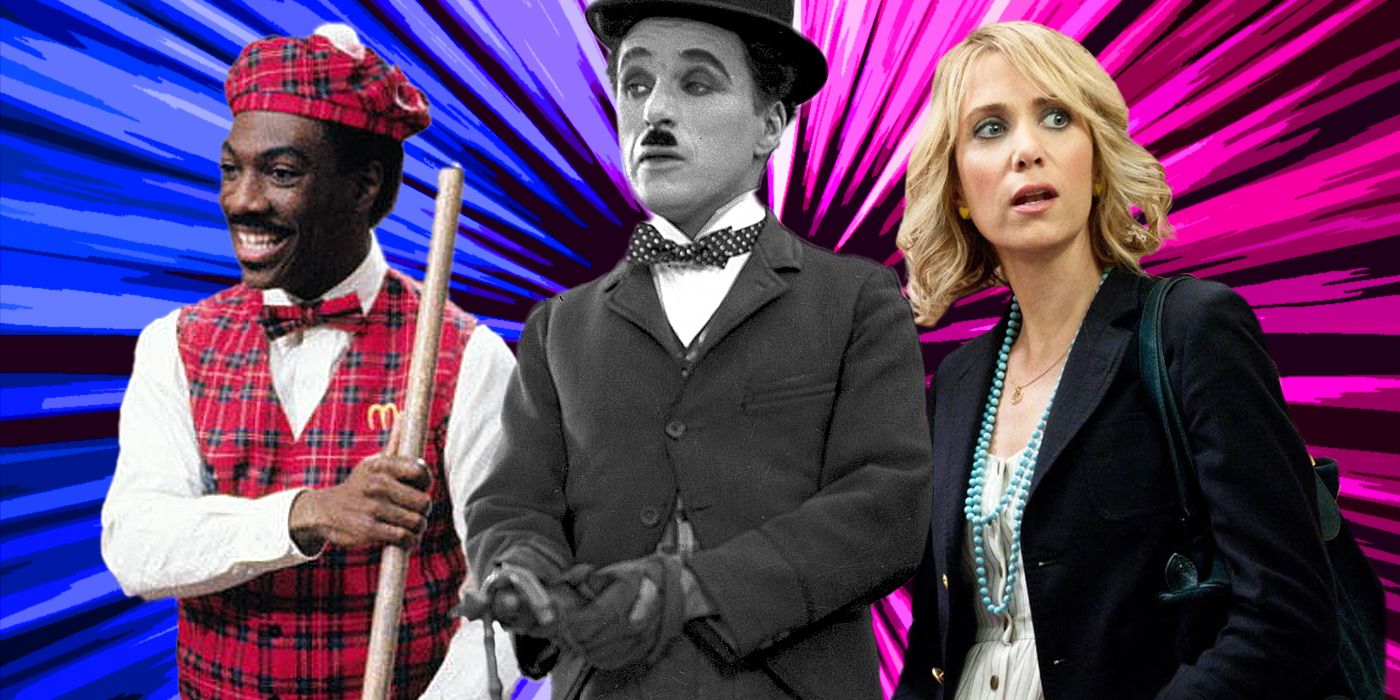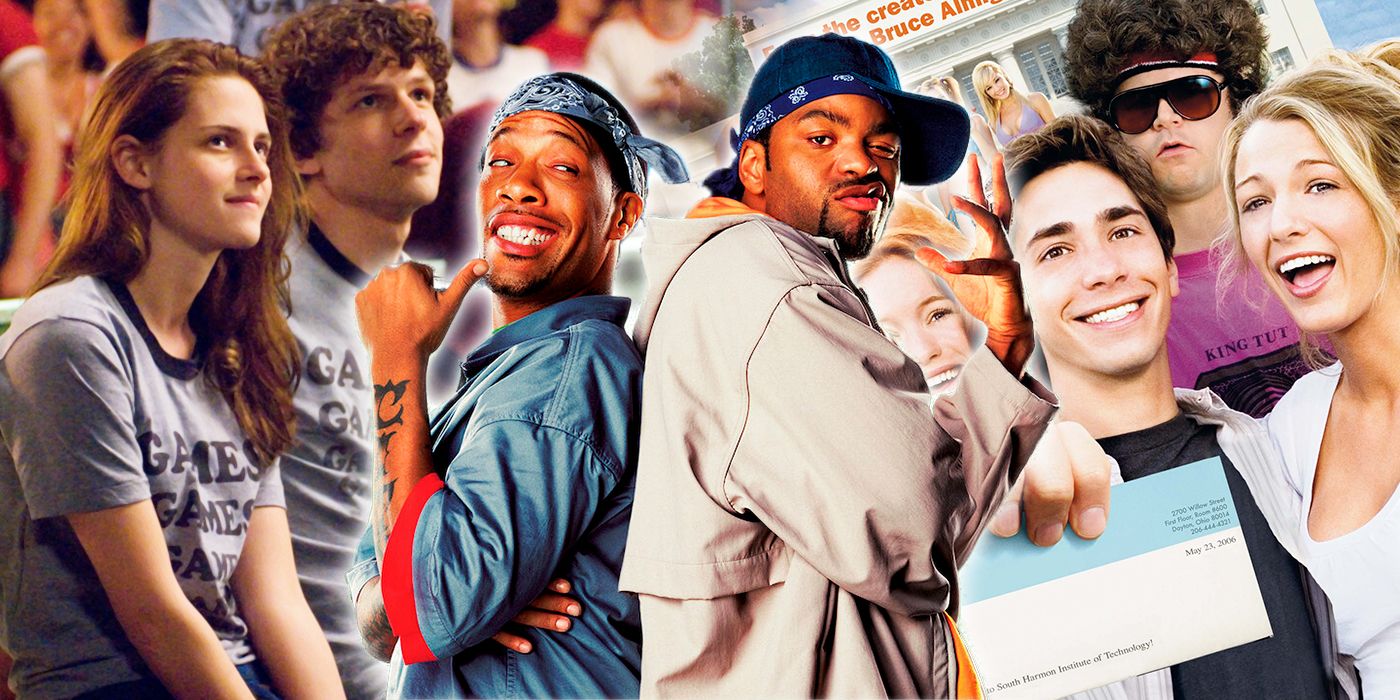Different Types Of Theater Art
 Street Theater is the oldest type of theatrical efficiency. When the drama is carried out on the road, it’s referred to as Street Theater. Public spaces equivalent to road corner, purchasing malls, parking tons and so on. are used as performing space. Street Theater is open to all and it’s free, nevertheless, generally performers accumulate voluntary donation. Street Theater survives on the fact that many individuals can not pay to look at theatrical performances. Street Theater is used as a platform for social and political activism more than the aesthetics.
Street Theater is the oldest type of theatrical efficiency. When the drama is carried out on the road, it’s referred to as Street Theater. Public spaces equivalent to road corner, purchasing malls, parking tons and so on. are used as performing space. Street Theater is open to all and it’s free, nevertheless, generally performers accumulate voluntary donation. Street Theater survives on the fact that many individuals can not pay to look at theatrical performances. Street Theater is used as a platform for social and political activism more than the aesthetics.
In the history of Nepal, 1950’s has a fantastic significance. Nepal not only opened up for the Westerners, but additionally entered into the modern period by embracing democracy. Nepali theater left commercialism in search of aesthetic style. Writers and artistes like Balkrishna Sama, Prachanda Malla, Gopal Prasad Rimal not solely wrote and produced original plays, but in addition took theater to the doorsteps of commoners. The 1950’s became the muse of recent Nepali theater and literature by embracing realism and naturalism. Writers not solely wrote plays but additionally performed and produced plays.
Aarohan-Gurukul believes in theater for education and social change. Community Theater is one of the ventures of Aarohan-Gurukul. Community Theater is Nepali model of Augusto Boal’s Forum Theater. In Forum theater, the viewers flip into actors. In the start, the actors current the intended drawback. As the issue is highlighted, the actors ask the viewers how they want the issue to be solved. Then the viewers both take to the stage or provide you with an answer, which instantly is enacted by the actors. Community Theater is an efficient measure to discover points and problems confronted by grass root stage of the society.
Theater art reached Rome in 4th century BCE. Western Theater outgrew in historical Rome. Roman theater consisted of Street Theater, sporting events and dance-drama. From Rome, theater artwork spread to France, Britain and Germany. For one thousand years, Western Theater remained same. However, in the course of the Renaissance varied theater types evolved. After the Industrial Revolution, Western Theater tossed away poetic drama and moved in the direction of natural and reasonable performance. Women were not allowed to carry out on stage till the 18th century. By the nineteenth century, Western Theater gave up farce, burlesque, romanticism, melodrama, musical theater and moved in the direction of downside performs.
Deborah Merola, a Ph.D. in theater from the University of California, is in Nepal for her second Senior Fulbright in Theater at Tribhuvan University, in cooperation with Aarohan-Gurukul. Merola has written and directed many performs. Some of her directorial ventures in Nepal are: Miss Julie (2008), Kiss of the Spider Woman (2010), Desire Under the Elms (2011) and Angels in America: Millennium Approaches (2011). Currently, Merola, in association with Nepali theater staff, is engaged on performs for Nepali viewers.





